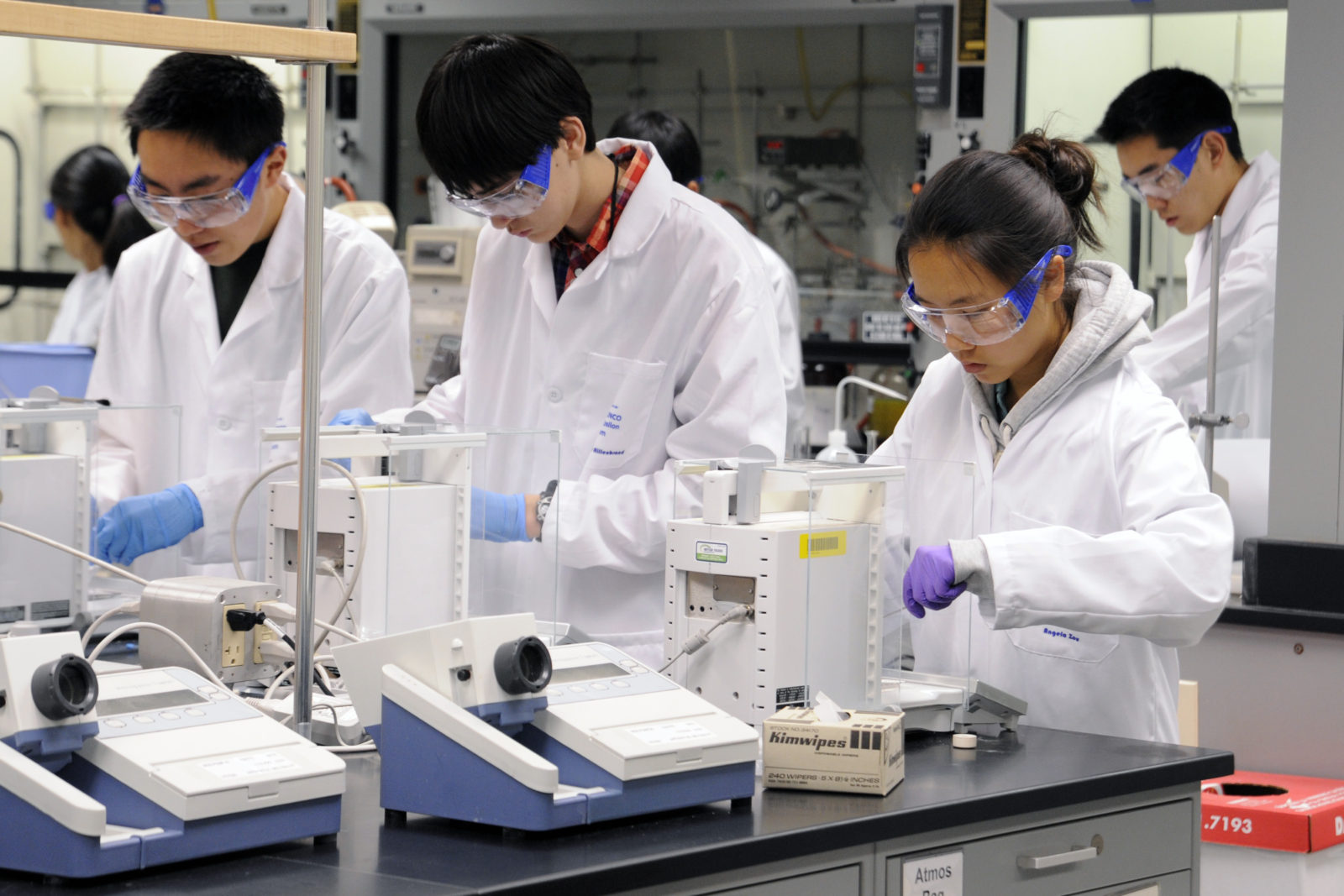A Boston College doctoral student, identified as Hee Yeon Cho, suffered injuries in a chemical explosion in the lab where she was working. On the morning of June 25, 2011 at about 10:25 a.m., a beaker containing thionyl chloride exploded in her hand. When authorities found Cho at her home, they treated her for respiratory issues, burns on her hands, and cuts on her face from shattered glass. Afterwards, they sent her to St. Elizabeth Hospital. Authorities also decontaminated Cho, her car, and her apartment because she had come in contact with the dangerous chemical.
Chemical burns often are associated with industrial accidents which can occur as a result of reactions of chemical compounds such as cleaning products, battery fluid, pool chemicals, and drain cleaners. It is important to determine the nature and severity of the burn injury by assessing such factors as how hot the skin gets, how long the burn lasts, and the location of the burn. Such injuries have different affects on people, since skin thickness, water and oil content, fat, and even the number of blood vessels varies. In all instances, it is important to seek immediate professional medical care.
We have represented many people throughout the country who have suffered from severe burn injuries after exposure to chemicals, gas or electrical explosions, or fires, achieving record setting results for our clients. The attorneys at Swartz & Swartz, P.C. have the experience and resources to fully investigate such incidents. If you or a loved one has suffered a serious burn injury, contact the law office of Swartz & Swartz, P.C. in Boston, Massachusetts. We will answer your questions and protect your legal rights. Speak with a personal injury lawyer today by calling (617) 742-1900, or toll free outside of Boston, 1-800-545-3732.
Keep Reading
Want more? Here are some other blog posts you might be interested in.




